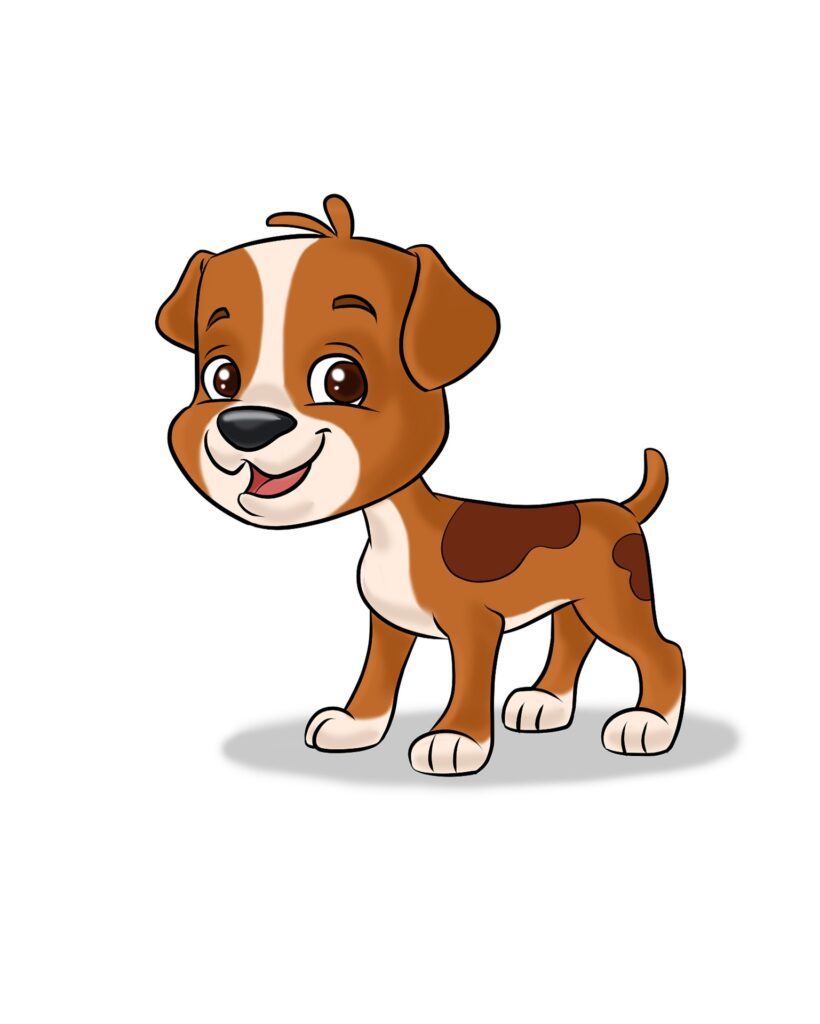Five Keys To Writing A List Article That Stands Out & Satisfies
People love lists…
Making this a popular form of content. And it’s also quite flexible because you can use them to create various lists. For example, you can create…
- Tips/secrets/hacks/keys lists. e.g., “7 Tips for Boosting Your Metabolism So You Can Shed Pounds Fast!”
- “Ways” lists… ” 10 Ways To Save an Extra $1000 Toward An Expense, Vacation, or Project”
- Resource lists. E.G., “The 27 Best Blog Posts, Reports, and Videos for Aspiring Novelists”
- Gear lists… “The 10 Accessories Every Trail Runner Ought to Own (And Use Regularly)”
The question is, what are the keys to creating engaging, effective lists?
Well, that’s what you’re about to discover. So, here are the “Keys” in no particular order…
Key 1: Choose Your Goal, Then Develop Your List
First off, you need to choose what you want people to do when they finish reading your list…
Do you want them to purchase a product?
Do you want them to join a list?
Or do you want them to read another piece of content?
Once you decide, you can choose what sort of list to create…
Example #1: If you want people to purchase a product, you might create a gear list and promote your products (as well as affiliate offers) as the recommended resource.
Example #2: If you want people to join an email list, you might create a resource list, with one of the resources pointing towards a lead magnet that’s delivered when they opt-in with their email address.
Example #3: If you want someone to purchase a specific product, such as a course, then you might offer a list of useful tips, with a call to action at the end to purchase a step-by-step course related to tips.
As you decide on the best list that matches your specific goal, you’ll want to ask yourself these two questions…
- How many items will you include on your list?
- How long will each entry be?
Let’s take a look…
If you’re creating a lead magnet or paid report, you might have a long list with fairly long entries for each item… such as, “27 entries at a couple of hundred words each.” And if you’re creating a social media post, you might only share three to five short entries.
Moving on…
Key 2: Use the Primacy-Recency Effect to Order Your List
When presented with a list, people tend to remember the first and last items on the list better than the middle. You can use this to your advantage by putting your list’s most important items at the beginning and end.

Example #1: If you have a gear list, and there are two products that you really want people to remember (and potentially buy), then put one at the beginning of the list and… yep, you’ve got it, one at the end. (Remember though… the introduction and conclusion are also great places to reinforce the key points).
Example #2: If you’ve got a tips list… and one tip in particular consistently produces the best results, be sure to include it at the conclusion. This way, your audience is most likely to remember and use it… which means they’re more likely to progress toward a helpful outcome.
Example #3: If you have a “ways” list, and you would like your reader to watch a webinar or purchase a product or take some other action that’s related to one of the “ways,” list… that “way” being last. This will create an easy transition into your CTA, where your audience can act on the entry that’s freshest in their minds.
Next…
Key 3: Add Value With Graphics
Yes, lists are awesome, and people love them. But lists with graphics tend to be even more engaging. If you’d like to see an example of this, check BuzzFeed.com. This site is chock full of lists with graphics (Typically GIFs), attracting attention and keeping folk engaged.

Here are some ideas to add value with graphics…
- Product graphics for gear lists
- GIFs to attract attention.
- Relevant photos to keep people engaged.
- Screenshots.
- Illustrations.
Allow me to give you some examples…
Example #1: You’re sharing a list of tips for training a puppy. Here you can include cute illustrations of puppies (especially if they’re doing the things you’re talking about in the list).
Example #2: You’re sharing a list of the most common plant pests and how to get rid of them. You can include photos of the pests and the damage they do for easier identification.
Example #3: You’re sharing a list of different variations to do a standard bench press… find some GIFs that show the correct way to perform these variations.
All of these will add value to your content… both perceived and actual value (a picture paints a thousand words).
These kinds of images make your content more understandable and useful to your audience.
Next…
Key 4: Include Unique Items
A list tends to be useful to your audience because it saves them time. You can pull together the best tips, products, ways, hacks, etc.
However, to make a list even more valuable – and create the potential for it to go viral (if that’s something you want to happen)… be sure to include something unique.
“Different is better than better.”
– Sally Hogshead
NOTE: this also works for things like gear lists. You can share unique or little-known information about using the gear, making your list more valuable. For example…
If you share information about a digital camera, you might include information about little-known features other lists and reviews don’t cover.
A variation of this is to include a unique application or usage. What do you do that no one else does? Share this in your list…
- Hacks.
- Examples.
- Stories.
- Variations.
- Options.
- Combinations.
- Discoveries.
Lastly…
Key 5: Craft a Compelling Title
In order to get as many people as possible to read your list, you need to craft a title that captures attention and persuades them to start reading…
You can’t help people with your content, if they don’t read it!
Step one is to to suck out their eyeballs with facinations… which is where crafting a compelling, attention-grabbing title makes all the difference…
Here are a few templates you can tweak and use for inspirations…
- The [Number] Best Ways to [Get Benefit]. E.G., “The 5 Best Ways to Save Money for Your Retirement”
- [Number] [Types of Items] Every [Type of Person] Ought to [Use/Own/etc.]. E.G., “10 Tools Every Homesteader Ought to Have in Their Toolkit.”
- [Number] Little-Known Tips, Ideas, and Hacks for [Getting a Benefit]. E.G., “17 Little-Known Tips, Ideas & Hacks for Making the Most of Your Visit to Disney World.”
- The [Number] Best [Items] for [People] Who Want [a Benefit]. E.G., “The Five Best WP Plugins for Bloggers Who Want to Rank Number #1 in Google.”
See you in the next installement where I’ll be showing you how to use FAQs (Frequently Asked Questions), the “right way” in your content.
